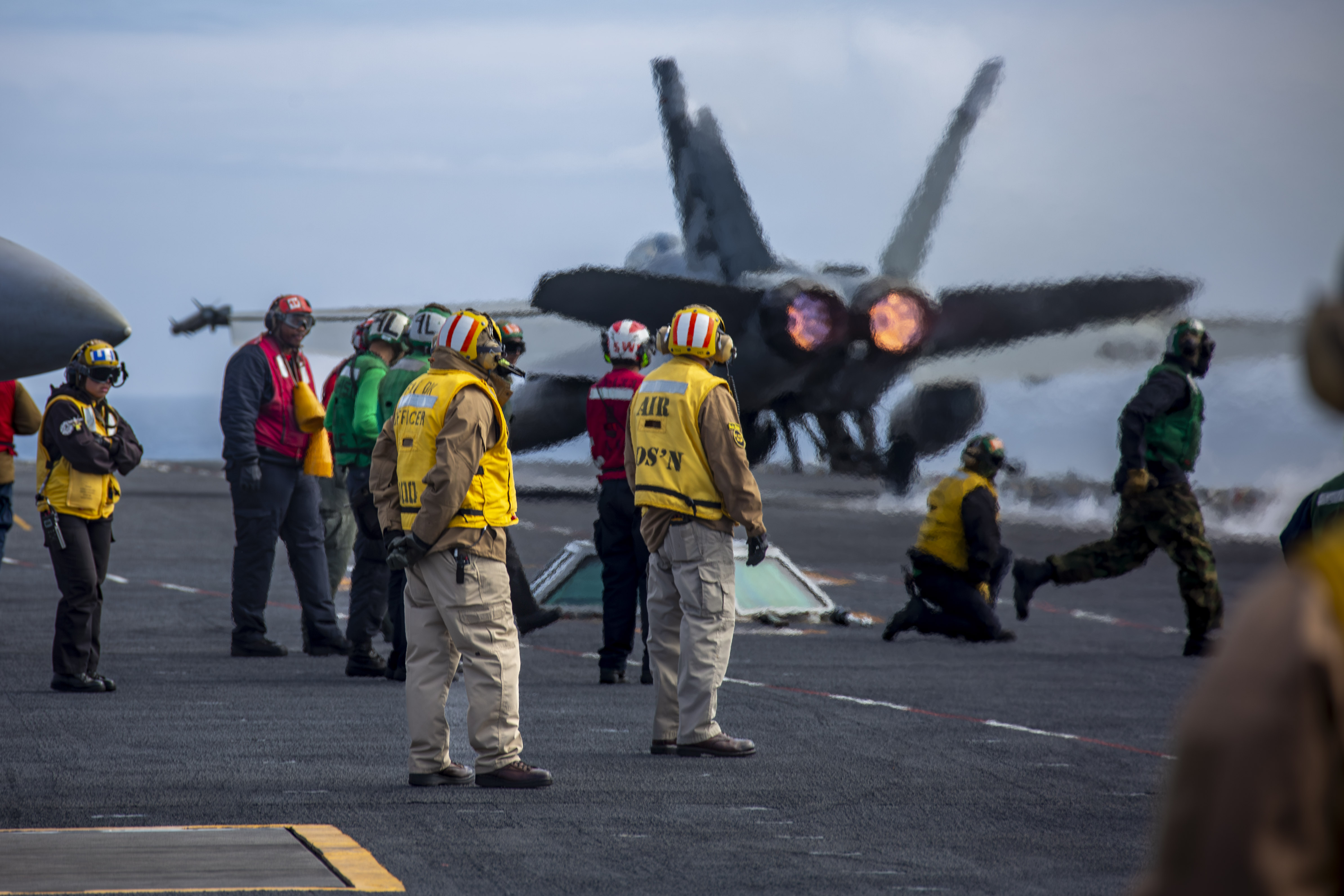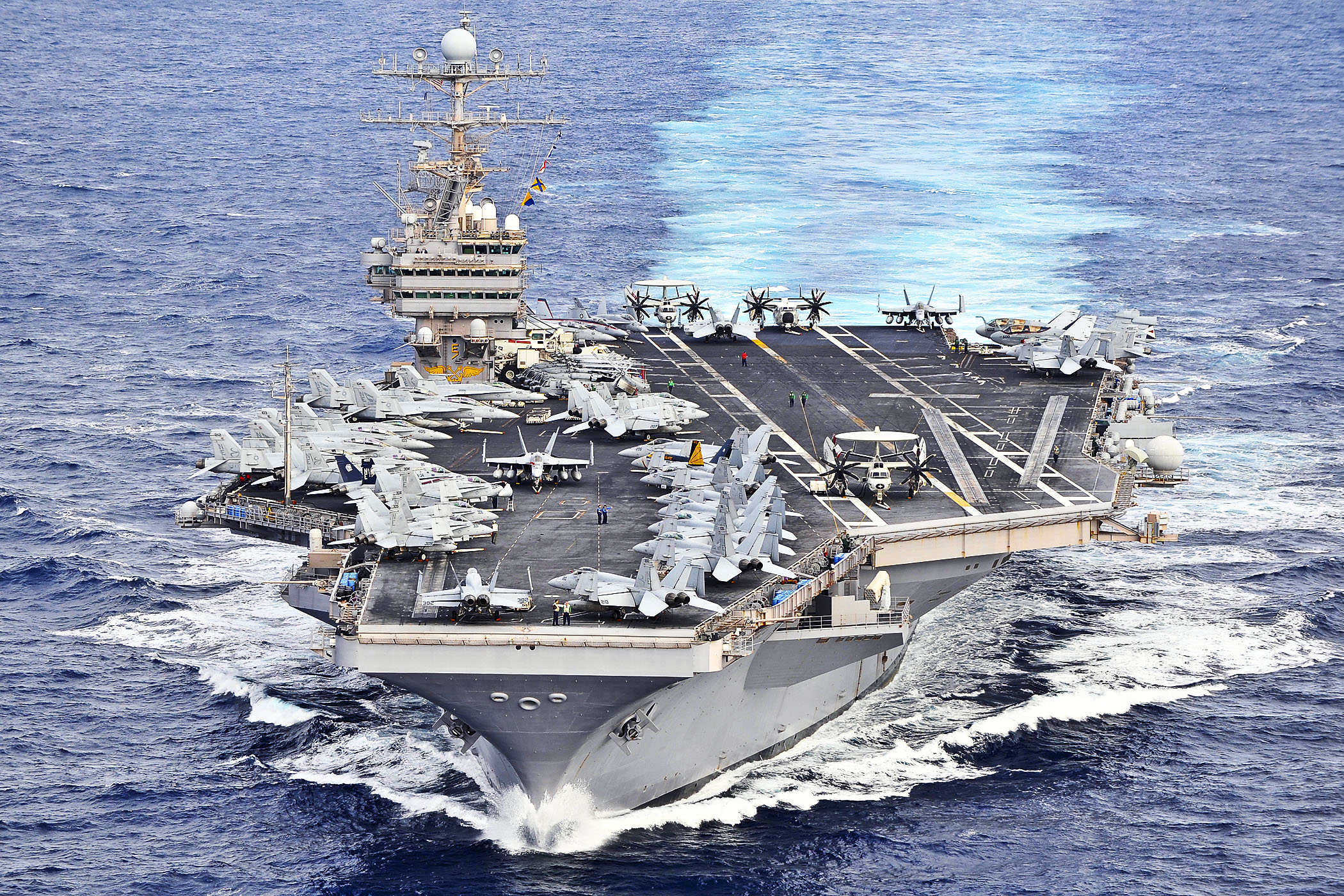Carrier Aviation: Power Projected at Sea
One of the core reasons the Navy is so powerful is its ability to operate aircraft at sea, from purpose‑built aircraft carriers. According to the US Navy: “Aircraft carriers support and operate aircraft that engage in attacks on airborne, afloat and ashore targets … engage in sustained power projection operations in support of U.S. and coalition forces.
Two classes stand out:
-
The Nimitz‑class carriers (displacing ~97,000 tons) which have served reliably for decades.
-
The newer Gerald R. Ford‑class carriers (100,000 tons or more) which bring next‑generation technology such as electromagnetic aircraft launch systems.
These carriers allow the USN to deploy an air wing anywhere in the world, providing deterrence, humanitarian assistance, and combat capability.
What Makes a “Best” Naval Aircraft?
To be among the “best”, naval aircraft must embody key qualities:
-
Carrier‑capable design: ability to withstand catapult launches, arrested landings, and corrosive maritime environment
-
Multi‑mission flexibility: able to strike air, sea, land, provide reconnaissance, electronic warfare or support
-
Proven reliability and sustainment: readiness in harsh conditions, long service life
-
High performance: speed, payload, endurance and advanced avionics
-
Integration with carrier operations: able to operate from carriers as part of a strike group
With those traits in mind, let’s highlight one of the USN’s premier naval aircraft.The F/A‑18 Super Hornet serves as the USN’s workhorse carrier‑based strike fighter. Some key attributes:
-
Introduced in 1999, the Super Hornet (models E/F) replaced the older F‑14 Tomcat and older Hornets.
-
It is a true multi‑role aircraft: air superiority, strike, escort, reconnaissance, even aerial refuelling.
-
High performance: Mach 1.6+ top speed, combat range ~1,275 nautical miles.
-
Wide weapons load‑out: 20 mm cannon, Sidewinder, AMRAAM, Harpoon, HARM missiles, JDAMs, SDBs.
-
Proven endurance: the F/A‑18 and its EA‑18G sibling have surpassed 12 million flight hours in Navy/Marine service.
This combination of flexibility, performance, and carrier readiness makes the Super Hornet a prime example of the “best” naval aircraft in service today.
Supporting Cast: Other Key Naval Aircraft
While the Super Hornet leads, the USN’s air wing includes other critical aircraft:
-
EA‑18G Growler: a carrier‑based electronic warfare version of the Hornet family.
-
C‑2 Greyhound: the carrier‑onboard delivery aircraft that supplies carriers at sea.Trainers and other support craft like the T‑45 Goshawk.
Each plays a role in the larger carrier air wing – whether striking enemy targets, jamming enemy radars, or ensuring the carrier strike group is logistically sustained.
Why the US Navy’s Naval Aircraft Stand Out
Here are some of the qualities that set USN carrier aircraft apart:
-
Integration with immense carrier platforms: Carriers like Nimitz‑class and Ford‑class give these aircraft the runway and support to operate far from home.
-
High readiness and global reach: The USN trains and deploys these air wings worldwide, in peace, crisis and combat.
-
Proven operational record: Whether in deterrence patrols, high‑intensity warfighting or humanitarian aid, these aircraft have delivered.
-
Continuous modernization: Systems like the Super Hornet’s Block III upgrades keep pace with evolving threats.


You must be logged in to post a comment.